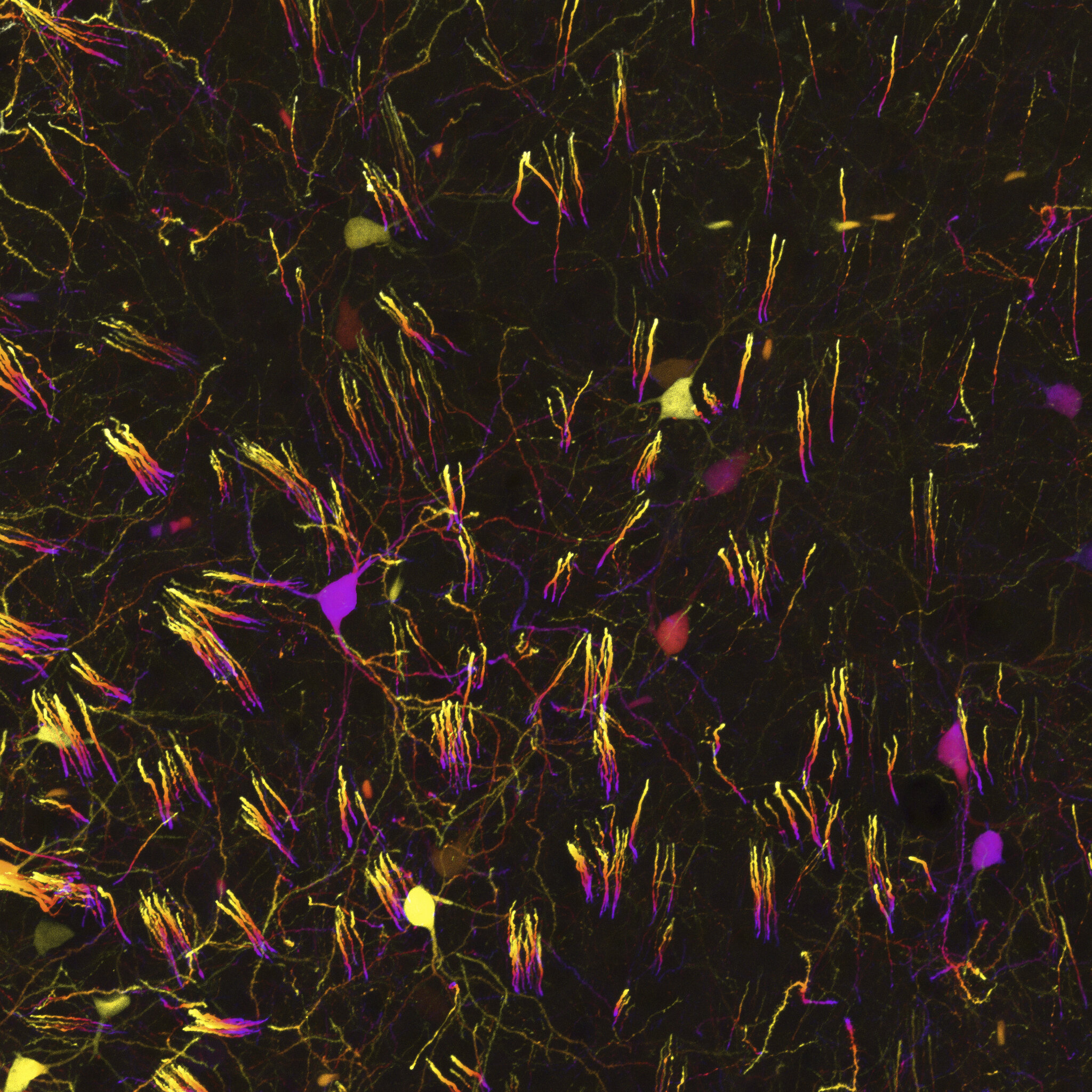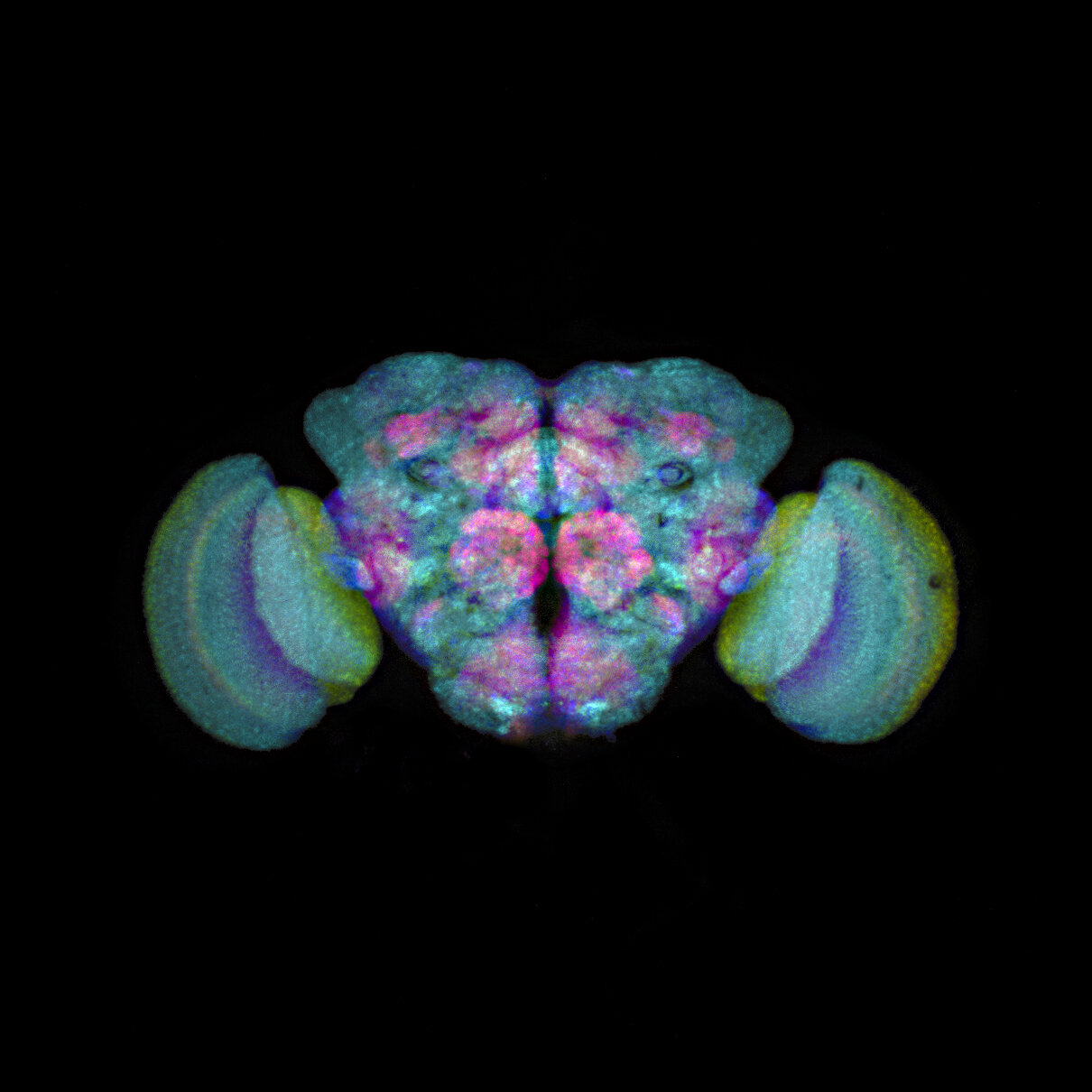
Software
Cellular Imaging provides researchers at the Zuckerman Institute, Columbia University, and the broader NYC community access and training to a range of commercial and custom-built software tools.
For more comprehensive information and workstation pricing, please visit our platform on iLab.
Commercial Software Packages
For visualization and quantification of 2D and 3D biomedical images.
Imaris 9.7
A complete package of Imaris, including modules for:
spots and surfaces
cell analysis
neuron/vessel tracing
colocalization
plotting
lineage tracing
imaging stitching
batch processing
Python/Matlab integration
Aivia 10
A complete package of Aivia for biomedical image analysis utilizing machine learning for segmentation and classification. Capabilities include:
2D and 3D quantification and tracking
Cell analysis
Neuron analysis
Machine learning object classification
Machine learning pixel classification
Deep learning-based image restoration, segmentation, and prediction.
Recipies for colony analysis, neurite outgrowth, wound healing and cell proliferation.
Analysis Workstations
We provide high-end workstations for commercial and freely available image analysis tools. These workstations allow the use of Imaris, Aivia, Fiji, Python, Vaa3D, CellProfiler, and other tools with sufficient resources for large and complex datasets.
To learn more, please visit our platform on iLab.
Custom Software and Analysis Pipelines
We collaborate with and support research projects using a variety of commercial and open-source software. We also develop custom analysis pipelines to enable and accelerate discovery. We openly share our published software tools, including projects like BrainJ and SpinalJ.
Automated whole brain reconstruction of serial sections acquired on confocal microscopes and slide scanners.
Easy to use GUI interface.
Machine learning-based cell and projection detection for cell and mesoscale mapping of axons and dendrites.
Map to the common coordinate framework and analyze in a variety of publicly available atlases.
A histological, imaging and analysis pipeline for facilitating analysis of whole spinal cords using confocal microscopes and slide scanners.
Easy to use GUI interface.
Reconstruct whole spinal cords from serial sections
Machine learning-based cell and projection detection for cell and mesoscale mapping of axons and dendrites.
Map to a 3D spinal cord atlas.
